Scotch bonnet peppers bring a fiery kick and fruity sweetness to Caribbean cuisine, making them a staple in everything from jerk seasoning to spicy stews. Learn how to prep, cook, buy, and even grow these vibrant chilies at home to add authentic flavor and heat to your dishes.
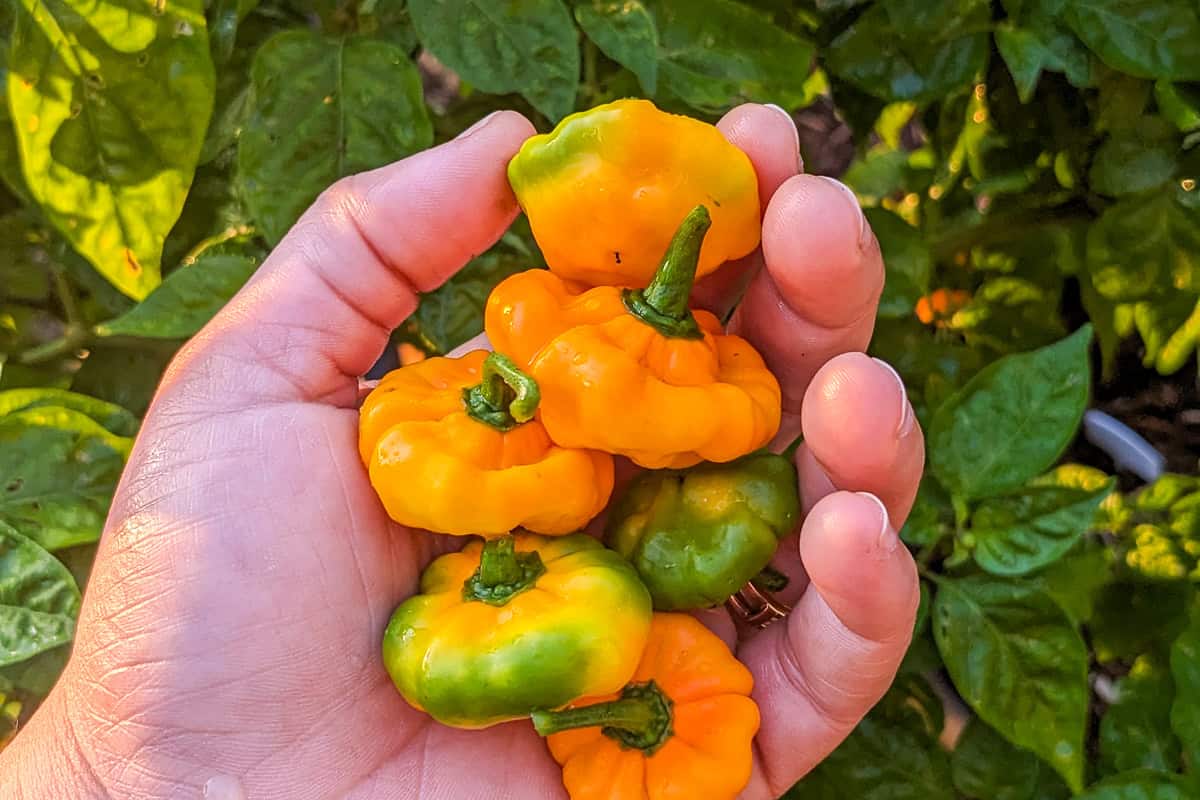
Table of Contents
Jump to:
The Caribbean Hot Pepper
If you're cooking Caribbean cuisine or just craving bold, spicy flavor, the Scotch bonnet pepper is your go-to. This vibrant chili packs more than just heat: it brings a sweet, fruity note that's impossible to replicate.
As featured in your Just Maika Cooking category page, Scotch bonnets are central to Caribbean cuisine's bold flavor profile, starring in dishes like Haitian green seasoning, spicy stews, Creole shrimp pasta, and jerk‑infused recipes.
How Hot Is It?
Scotch bonnets typically deliver 100,000 to 350,000 Scoville Heat Units (SHU), making them significantly hotter than jalapeños (2,500-8,000 SHU), and on par with habaneros. This level of spice is dubbed "spicy hot" on the Scoville scale.
Culinary Glossary and Anatomy
This section provides concise definitions of key terms related to the ingredient to enhance understanding and improve cooking skills in the context of this scotch bonnet pepper post.
- Skin (Exocarp) - The shiny outer layer that gives chilies their color and protects the inner flesh.
- Flesh (Mesocarp) - The thick walls of the chili, where most of the pepper's fruity flavor lives.
- Placenta (Ribs / Pith) - The pale, spongy tissue inside that holds the seeds. This is the hottest part of the pepper since it contains the most capsaicin. (Think of it like the "pith" of citrus-white and fibrous, but in peppers it's where the fire hides.)
- Seeds - Attached to the placenta; while not the true source of heat, they absorb some spice and can spread it through your dish.
- Stem (Pedicel) - The green top connecting the pepper to the plant; not eaten but essential for growth and harvesting.
- Calyx - The small green cap around the base of the stem that keeps the fruit intact.
- Capsaicin Glands - Tiny oil sacs concentrated in the placenta that create capsaicin, the chemical compound responsible for the pepper's burn.
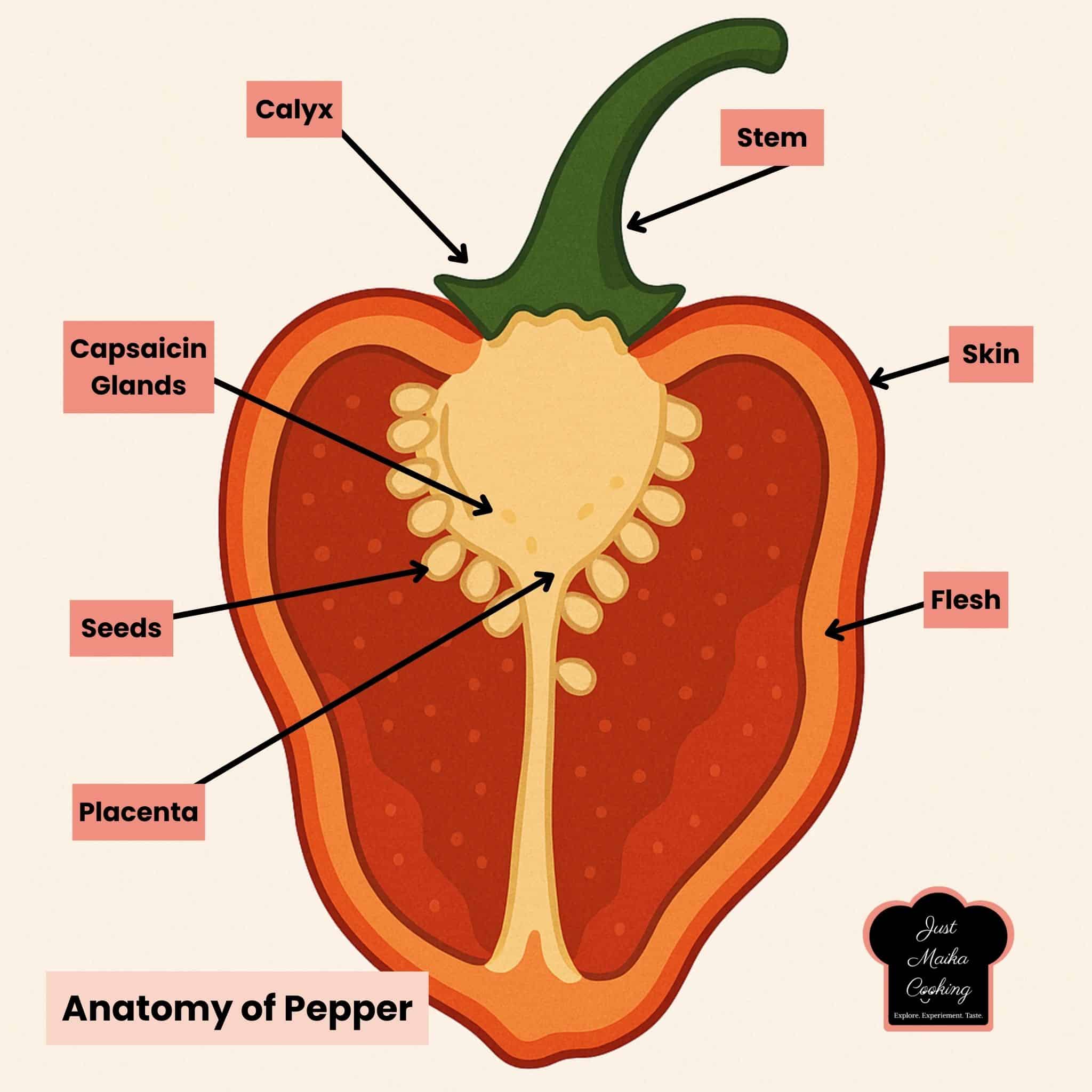

Who holds the heat? Remember, most of the heat in a chili pepper is concentrated in the placenta (the white ribs or pith inside the pepper), which holds the capsaicin glands. While the seeds often get blamed, they only carry heat because they're attached to this fiery tissue.
How to Prep It for Cooking
There are a few easy and effective ways to prep Scotch bonnets:
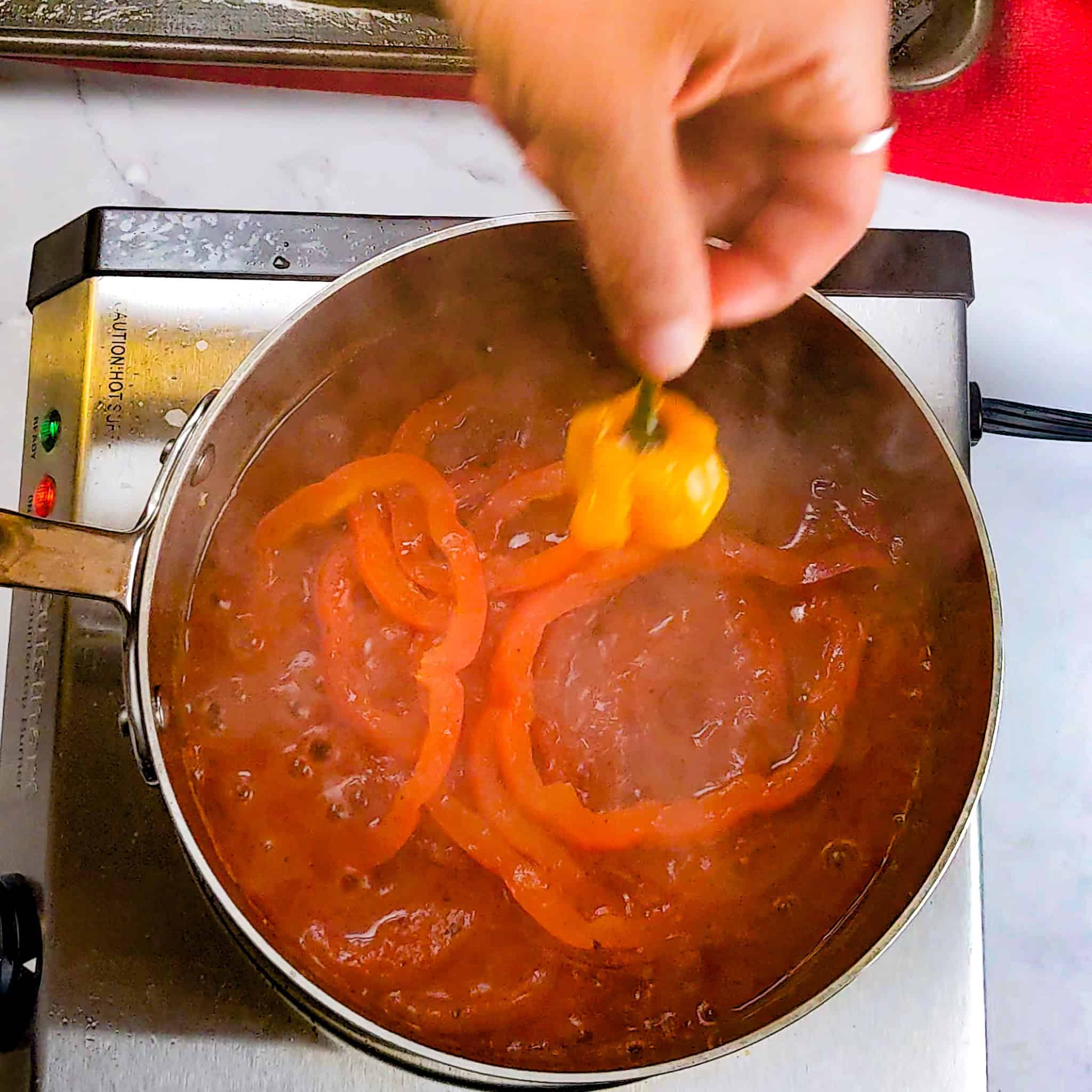
Whole Pepper (Pricked with a Fork)
If you want flavor without overwhelming heat, this is the method to use. By poking a few holes in a whole Scotch bonnet and simmering it in your dish, the pepper slowly releases its fruity aroma and just a touch of spice. This works beautifully in long-simmering soups, stews, and rice dishes where you want the flavor but not full chili intensity. Just remember to remove the pepper before serving.
Sliced
Slicing exposes more of the chili's inner flesh and seeds, which means moderate heat and deeper flavor infusion. Thin slices work well when sautéing with aromatics like onion, garlic, and thyme, or when layering into sauces that need both flavor and kick. You'll taste the pepper in every bite, but it won't be as overpowering as chopped.
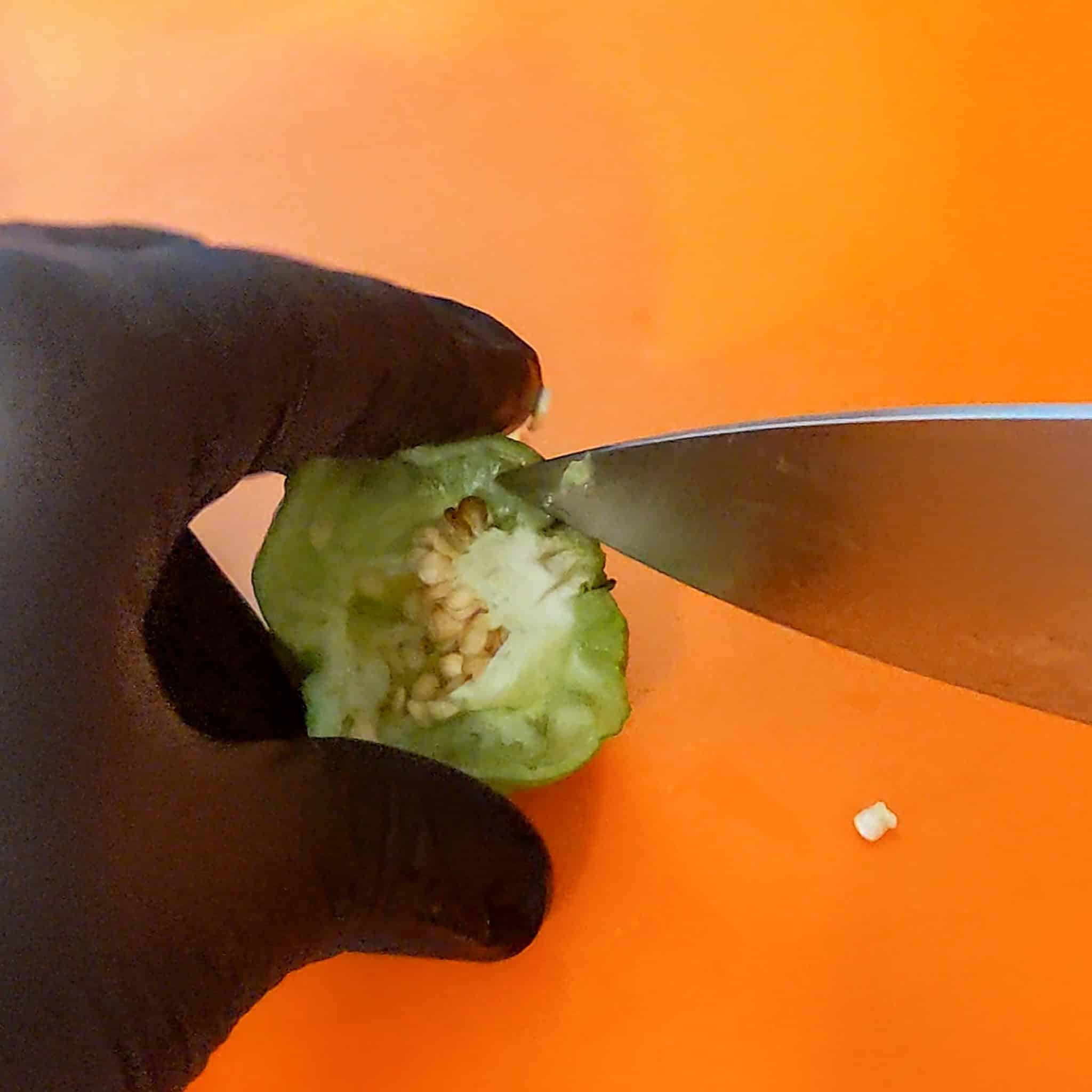
Use a sharp, pointed knife to slice the pepper in half, removing the pith and seeds.
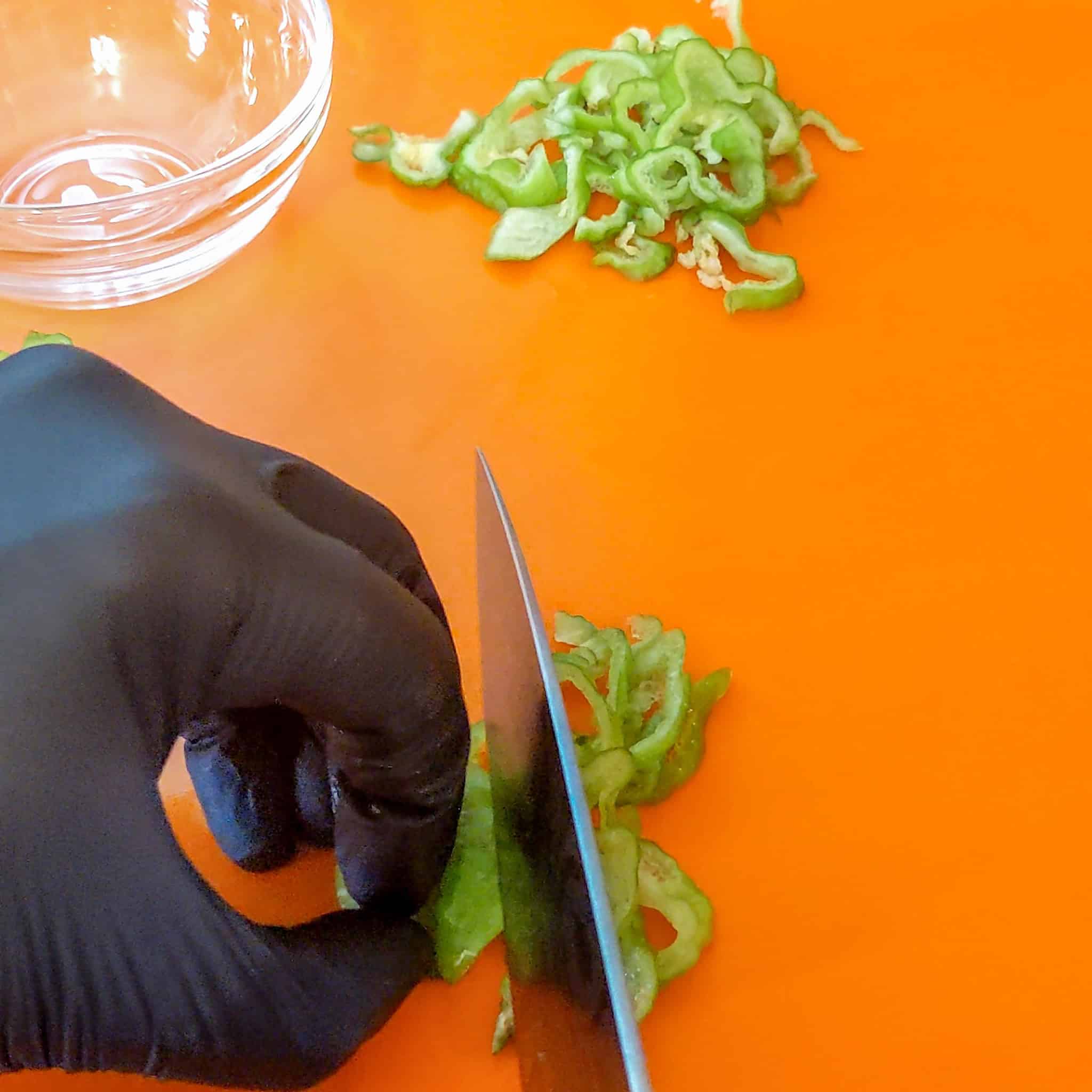
Then thinly slice to add to your prep. For dicing, line them up and chop.
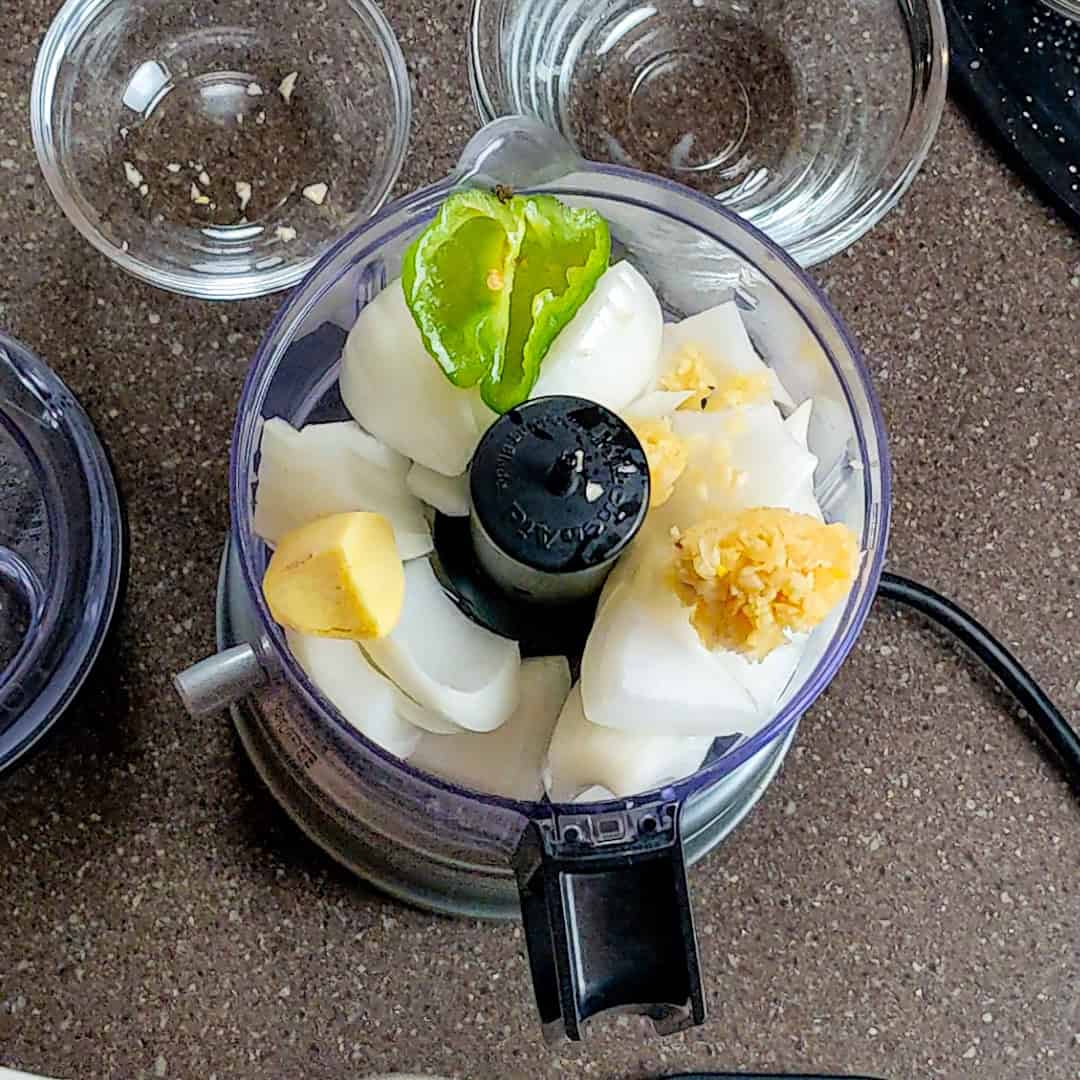
Chopped
Chopping Scotch bonnets is the most intense prep method, as it releases maximum capsaicin and spreads the heat evenly throughout your dish. It's ideal for marinades, pepper sauces, and recipes where you want bold spice in every spoonful. Since chopping disperses seeds and membrane (where most of the heat lives), use gloves and wash your cutting board and knife thoroughly afterward.

Each method offers a different level of heat integration and intensity; experiment with them to find your favorite.
Ways Scotch Bonnets are Sold
These options give flexibility depending on your pantry setup and recipe needs. If you're purchasing Scotch bonnet products:
- Fresh: Whole peppers are ideal for cooking from scratch.
- Dried: You can buy dried seeds or the whole chili to rehydrate or grind.
- Powdered: Whole pepper ground into a spice powder, great for seasoning.
- Pepper sauce: Bottled hot sauces that capture the distinct Scotch bonnet flavor.
Recommended Reads
- Seared Snapper Spicy Creole Sauce and Roasted Vegetables
- Grilled Beef Skewers with Djon Djon (Black Mushroom) Rice
- Healthy Haitian-Style Creole Spicy Shrimp Pasta
- Curry Lentil Turkey Stew
- Easy Healthy Ground Turkey Curry Picadillo Twist
Quick Kitchen Eye-Safety Tips
- Wear gloves (or wash thoroughly) - Pepper oils stick to skin and can burn if you touch your eyes. Gloves or a double soap wash help prevent this.
- Keep a lid or splash guard handy - Bubbling stews or frying oils can splatter hot liquid straight into your eyes.
- Never rub your eyes in the kitchen - If you feel irritation, stop cooking and flush your eyes immediately with cool, clean water.
- Clean utensils and boards right away - Capsaicin lingers on knives and cutting boards; washing them prevents accidental transfer.
- Seek medical help if pain persists - If your eye still burns or vision is affected after flushing, get professional care quickly.

For a full guide on eye injuries and kitchen safety, I recommend checking out this WebMD article.
Growing Scotch Bonnets in Your Garden
One of my favorite hobbies is growing Scotch bonnet peppers right in my backyard here in sunny Florida, which is perfect for my Zone 10b climate. The warm weather and long growing season let these fiery little peppers thrive, producing vibrant orange and red pods packed with that signature fruity heat.
I start them from seed and give them plenty of sunshine, rich soil, and just the right amount of water, and before long, I've got a steady harvest ready for my kitchen. There's nothing better than snipping a fresh Scotch bonnet from the garden and adding it straight into my stews, sauces, and marinades. It's the true garden-to-table experience.
Want to grow your own? Here's how.
From seed to pepper-packing, this process can bring garden-fresh Scotch bonnets to your table and your recipes.
- Start from seed indoors ~6-10 weeks before your region's last frost. Germination can take 7-14 days at 80-90 °F.
Harden off, then transplant outdoors when the soil temperature reaches around 60°F. - Ideal soil & sun: Rich, well‑drained soil with a pH of 6.0-7.0, and full sun (6-8 hours daily).
- Watering:
- In pots, about 0.5 cups every 9 days (in small 5″ containers).
- Outdoors, at least 1 inch per week, allowing soil to dry somewhat between watering to avoid waterlogging and flower drop.
- Fertilizing: Apply fertilizer (like fish emulsion) every two weeks, especially during flowering and fruiting stages.
- Support & care: Use tomato cages or stakes to support fruit-laden branches, especially late in the season.
- Overwintering (in cooler climates): When temperatures drop to 45-50°F, move container-grown plants indoors (keeping them at 55-60°F) to maintain plant health and support an early harvest next season.

Looking to start your own garden? Check out my favorite links below.
Frequently Asked Questions
Here, you will find a list of common questions that I have answered. If you have questions, please write them in the comment section below.
Yes, they are in the same heat range (100,000-350,000 Scoville Heat Units), but Scotch bonnets often have a fruitier and slightly sweeter taste compared to habaneros.
Absolutely cook the pepper whole with small fork pricks and remove it before serving. This way, you get the fruity flavor without overpowering spice.
You can find them fresh at Caribbean or Latin grocery stores, or in other forms, such as dried, powdered, or as a pepper sauce, online and in specialty shops.
Wear gloves when slicing or chopping, avoid touching your face, and wash all utensils and boards thoroughly after use. If pepper oil gets in your eyes, flush them immediately with water.
Yes! Start with seeds, providing them with full sun and well-drained soil, and water them regularly. They thrive in warm climates, such as Zone 8 and above, and can be overwintered in cooler regions.
Cooking Tips and Tutorials
If you found this tutorial helpful, you'll love my Cook's Notebook collection. From knife skills and flavor bases to time-saving tricks and essential equipment guides, this section is packed with chef-tested lessons to help you cook with confidence.
- What Is HACCP and Why Every Home Cook Should Care About It
- Holiday Kitchen Safety Tips: How to Cook, Serve, and Store
- What is Salmonella? For Home Cooks | Causes and Tips
- How to Cut Up a Whole Chicken | Step-by-Step Guide
Latest Recipes
Hungry for more inspiration? Check out my latest recipes for fresh, bold ideas straight from my kitchen.
- Baked Haitian Macaroni and Cheese (Makawoni au Graten)
- Fresh Cranberry Ginger Chutney | Quick and Easy
- Steak Shawarma Recipe with Fall Holiday Flavors | Easy Lebanese Style
- Haitian American Thanksgiving Recipes & Prep Guide
Subscribe to the YouTube Channel
SUBSCRIBE: 👈To my YouTube Channel to Get Notifications of New Videos.


Chef Maika Frederic
Chef and Educator
Haitian-American chef and educator Maika Frederic blends bold flavors with approachable recipes. With a background in both professional kitchens, classrooms, and children therapy as a trained chef, former teacher and technician she brings a thoughtful, inclusive touch to every dish. Through her platform, Just Maika Cooking, she shares diverse meals and practical tips to empower home cooks of all ages and levels.
Have a Comment or Question?
If you have a question or comment about this post on Scotch bonnet peppers, please post it below. You will receive a prompt response. It also helps our other readers to stay informed. Thanks!


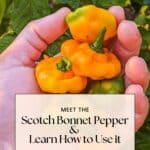
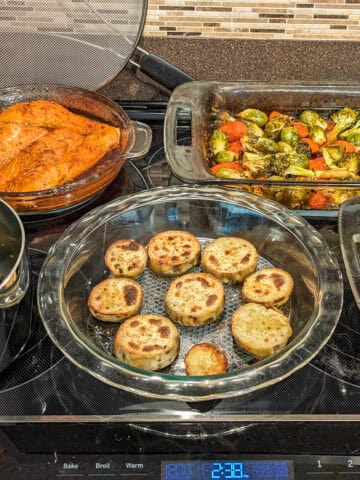
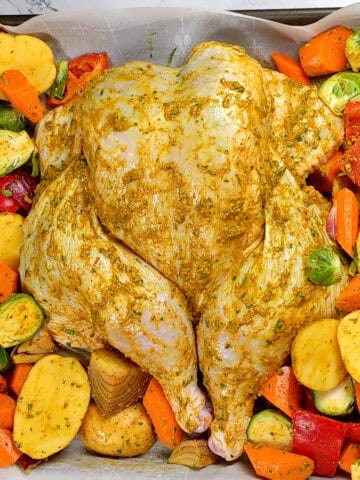
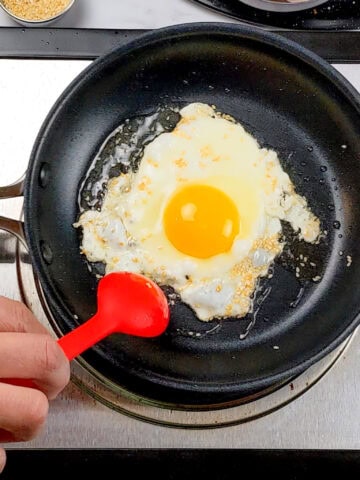
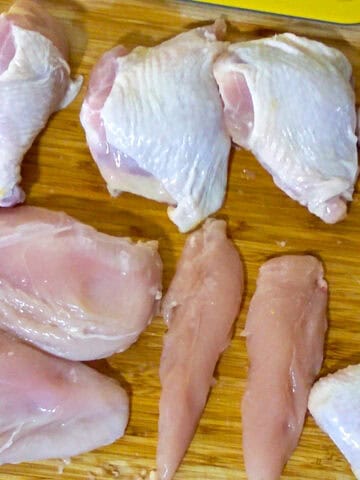

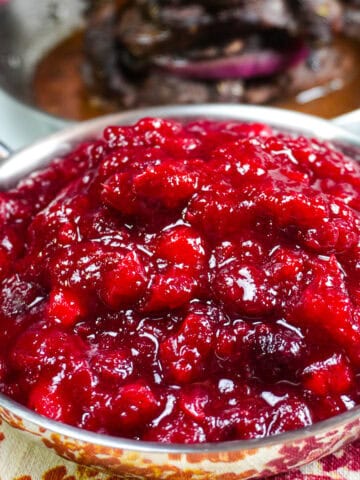
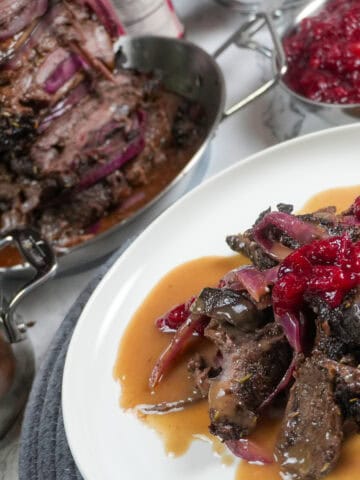
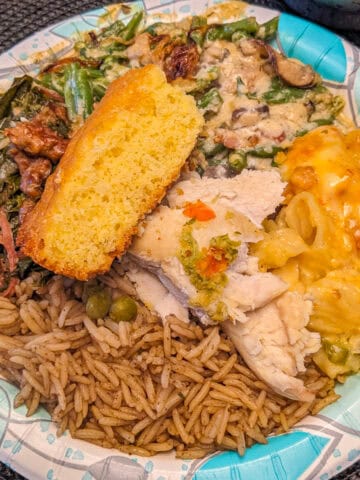
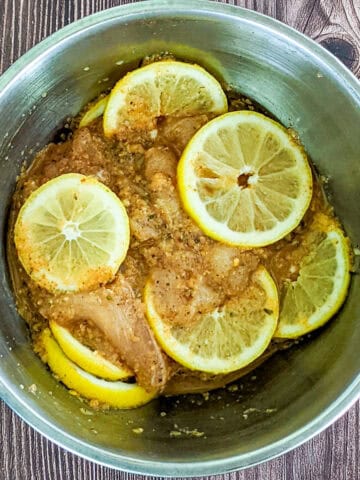

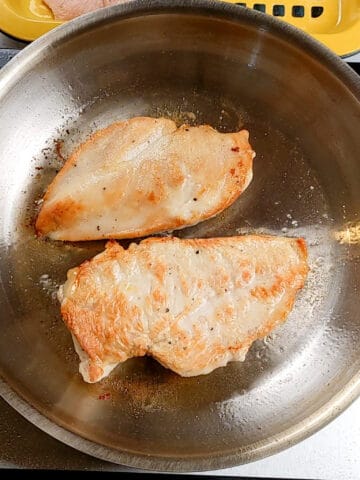
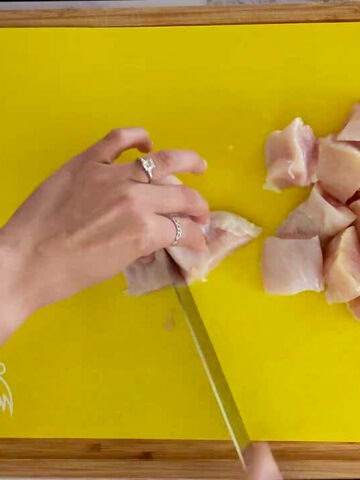
Leave a Reply